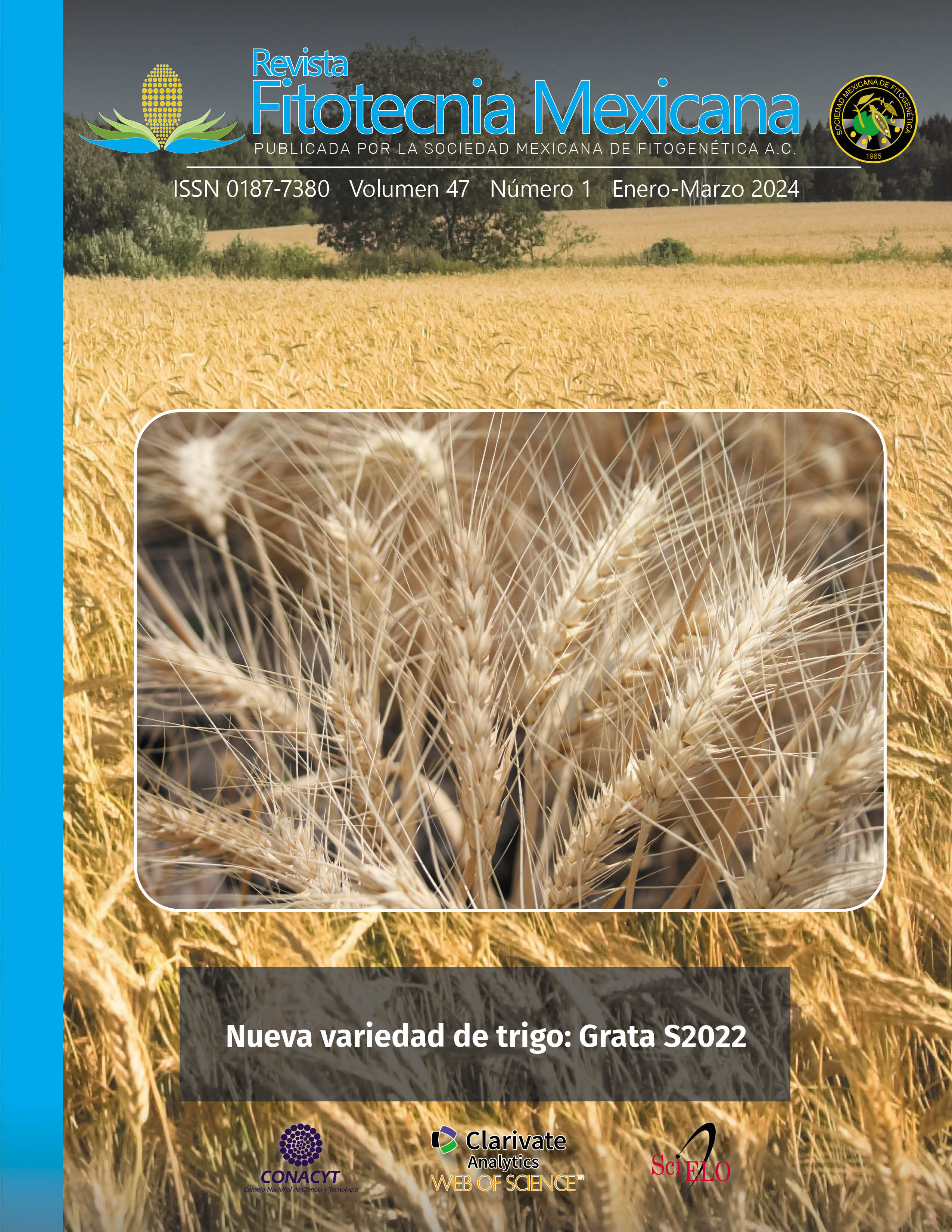STIMULATION OF DEVELOPMENT OF RHIZOME OFFSHOOTS OF Agave salmiana THROUGH CULTURAL PRACTICES AND INDOLE-3-BUTYRIC ACID
Main Article Content
Abstract
Agave salmiana Otto ex Salm-Dyck is sexually reproduced by seeds and asexually by aerial bulbils and offshoots from the rhizomes; however, this species is monocarpic, and the number of offshoots is small. Therefore, this research aimed to evaluate the number, height and diameter of rosette of offshoots from the rhizome of A. salmiana plants exposed to different treatments. In 2021, 240 plants of A. salmiana were randomly selected from a plantation in Temascalapa, State of Mexico, Mexico, and eight treatments were applied: control, IBA (indole-3-butyric acid), watering basin, hilling, watering basin-hilling, watering basin-IBA, hilling-IBA and hilling-watering basin-IBA, with 30 replications in a completely randomized design. Between July and November 2021 the number of offshoots was recorded monthly, and the last record was made in May 2022. Survival, height and rosette diameter of the offshoots were measured in November 2022 (17 months after the treatments were applied). Significant differences were found between treatments for the number of offshoots, height and rosette diameter. The average number of offshoots per plant was 2.4 with 99 % of survival, and the average values of height and rosette diameter were 14.5 and 15.9 cm, respectively. The plants in the control group developed 1.4 offshoots on average, while the plants in the watering basin-IBA produced 3.7 offshoots. The height of offshoots ranged between 13.2 cm in the watering basin treatment and 16.0 cm in the watering basin-IBA. The rosette diameter varied between 14.3 cm in the control group and 18.3 cm in the watering basin-IBA treatment. Cultural practices in combination with IBA increased the number of offshoots from the rhizome and positively influenced the height and diameter of the rosette.

